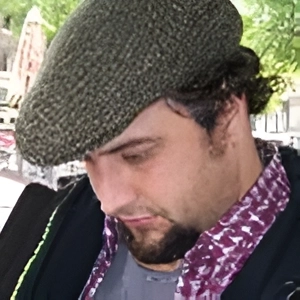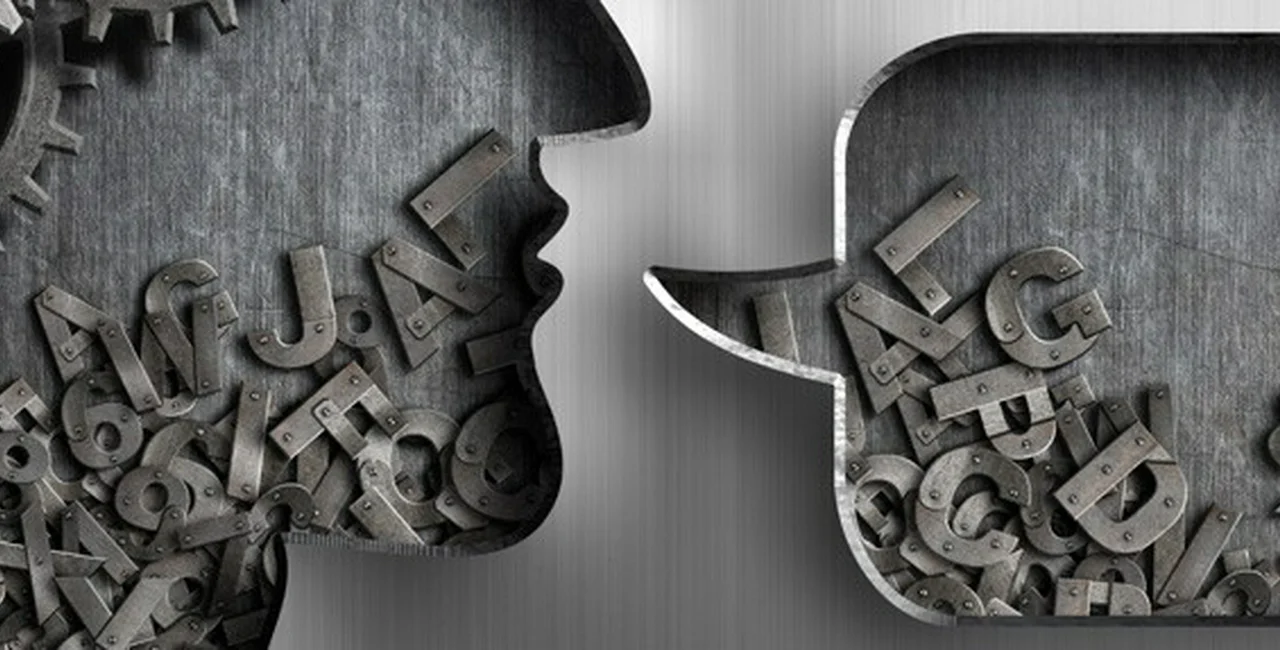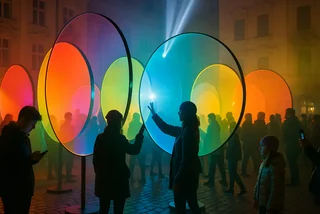Czechs pride themselves on their comedy. Many of them believe their humor is unique and that it is a defining element of their character. I can’t claim to understand all the jokes, but after a few years of living here, I’d like to share my moments of amusement and, at times bemusement, at what people here find funny.
The Czechs can pride themselves on having quite a long and internationally recognized form of humor, at least in the form of one man, Jaroslav Hašek; and at least in the form of his famous creation, The Good Soldier Švejk, the story of a simple-minded soldier who blunders his way through the First World War. Live here long enough and you will hear that old chestnut that to understand the Czech mentality you have to understand this seemingly incompetent, somewhat opportunistic soldier and dog-fancier.
Whether this is true or not could fill volumes. One thing I can say is that if you are only familiar with Švejk from a pub door, you should find a copy. It’s one of the funniest books I’ve ever read. Why? Because it contains the type of absurd comedy which has inspired others both in the Czech region and beyond. Take for example the seriously ill and injured soldiers who are subjected to stomach pumps and being wrapped in cold sheets by an army doctor who believes they are feigning illness to avoid military service. Or there’s the scene when a police sergeant becomes convinced Švejk is a Russian spy, simply because Švejk behaves like himself. The more our good soldier tries to explain himself, the more the sergeant is convinced he’s a master of espionage. No wonder the book was an influence on Joseph Heller.
Among friends and family, there is another comic figure which is seen as capturing the mentality of the nation and that is Cimrman. Who is he exactly? Cimrman is the great renaissance man of the nineteenth century; playwright, linguist, inventor, explorer, pedagogue, counsel to some of the greatest minds of his age and wholly the invention of Zdeněk Svěrák, actor, playwright and screenwriter and Jiří Šebánek, screenwriter and author. Today, Svěrák writes much of the material with fellow actor Ladislav Smolják. Cimrman has been embraced so much by Czech people that lines from the plays are frequently recited and the plays quickly sell out. He was in the running to win the greatest Czech award, until the show decided to disqualify him for not existing.
This is a key ingredient to the humor. During the introductory seminars before each of ‘Cimrman’s’ plays; the various ‘experts’ – played by members of the Cimrman theatre group – explain some great theory or discovery by Cimrman. While some of the language based humor can leave me baffled, the ludicrousness of the ideas is often funny enough. But more than that is the joke the Czechs seem to be making of themselves. They are in effect laughing that such things never happened. Which is perhaps the most distinctively Czech aspect of the humor.
Other aspects of the humor can be more universal. The play “Dobytí Severního Pólu” (Conquest of the North Pole) is an example of this. It is the story of an expedition to the North Pole by four Czechs: the expedition leader, a doctor, a teacher and Karel Frištenský – the man they brought along instead of a dog sled team. When the four adventurers finally reach their destination, the teacher demonstrates the wonder of this feat by first showing them that in any direction they walk, they are heading south. Next, he asks two of his companions to stand back to back and asks them to move apart thus demonstrating that they are both heading south. Lastly, and for him the best of all, is that he can head north, cross the pole and then head south, while still maintaining a straight line. This treatment of the trivial as momentous is funny in any language.
For those who prefer something darker, I would recommend Petr Zelenka´s first two films: Knoflikáři, (The Buttoners) and Rok Ďabla (The Year of the Devil). The first movie is a series of short interlinked films which take a darkly comic view of Hiroshima. The title comes from the rather peculiar fetish of one of the characters. His second film, which won the best film award at the Karlovy Vary film festival in 2003, might be more accessible, if only relatively. It is a mock documentary, except that unlike This is Spinal Tap, the band Čechomor and the singers; Jarek Nohavica, Karel Plíhal and Jaz Coleman, formerly of the English punk band Killing Joke, are all real and all play themselves. Zelenka clearly likes to play games with the audience and doesn’t take anything too seriously, even the pursuit of artistic and spiritual purity.
Czech humor isn’t limited to traditional media. One of the most well-known Czech artists of the moment, David Černý, is nothing short of a comedian who has replaced gags with sculpture. In fact, Černý appeared in Knoflikáři. Černý’s work, which apart from Entropa, his sculpture to commemorate the Czech EU presidency, also includes the torso of a pink tank on Kinsky square (between Malá Strana and Smíchov), Wenceslas IV on the dead horse in Lucerna and the creepy babies crawling up the TV tower in Žižkov. His art is noted for its antagonistic stance, but most of all his art seems to exist to have a laugh. Sometimes this can be quite a disturbing laugh as in the case of the babies, or cheap, as in the case of the sculpture in Brussels, but common to all is a total irreverence. Černý brings the anarchic surrealism of his beloved Monty Python into static physical form.
There are many more examples, and some of them might not all be that funny. Like many things in life comedy is a matter of taste. The point is that any appreciation of a nation´s culture can’t overlook its funny side. Sure, it might require brushing up on your language skills but knowing what we laugh at sometimes reveals that we have a lot more in common than we imagine.












 Reading time: 5 minutes
Reading time: 5 minutes 





















